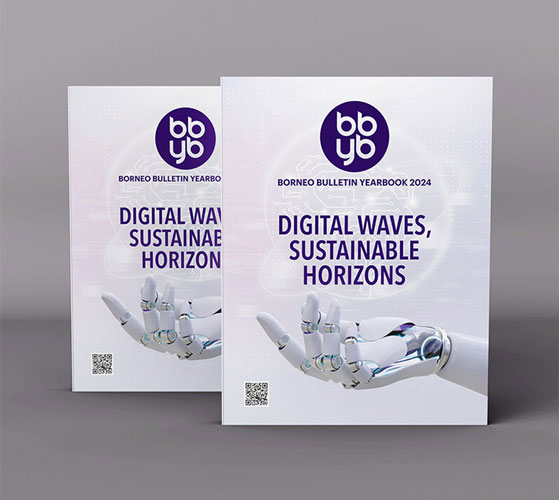OSAKA (AFP) – World Expo opens tomorrow with host Japan aiming to bring humanity together, despite global turmoil and tepid public enthusiasm for the six-month event showcasing innovation as well as Hello Kitty in algae form.
A Mars meteorite the size of a sourdough loaf and a beating heart grown from stem cells are among the myriad futuristic attractions crammed into a vast waterfront site in Osaka hosting more than 160 countries, regions and organisations.
Most pavilions – each more outlandishly designed than the last – are encircled by the world’s largest wooden architectural structure, a towering latticed ‘Grand Ring’ meant as a symbol of unity.
But with conflicts raging and United States (US) tariffs threatening economic chaos, that goal may be optimistic.
At the imposing US exhibit, absent was any mention of President Donald Trump’s hefty levies on trade partners, most of which he has now paused.
Instead, the pavilion focuses on the world’s largest economy’s diverse landscapes, artificial technology (AI) and space – including a simulated rocket launch where dry-ice blasters appear to ignite above visitors’ heads.
After enjoying the view and sea breeze atop the Grand Ring’s ‘skywalk’, visitors can stop by the world’s longest sushi conveyor belt or meet many-eyed Expo 2025 mascot Myaku-Myaku.
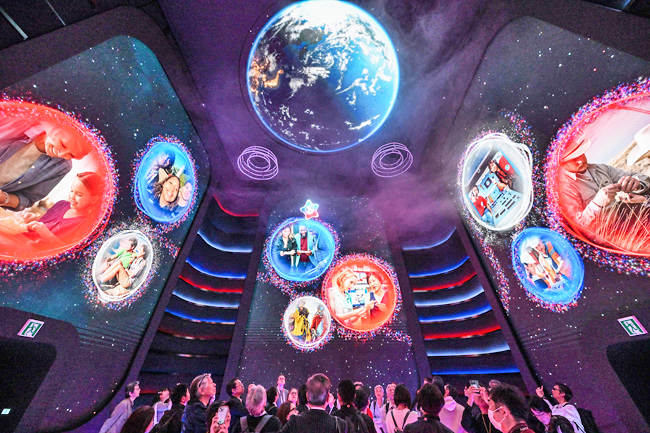
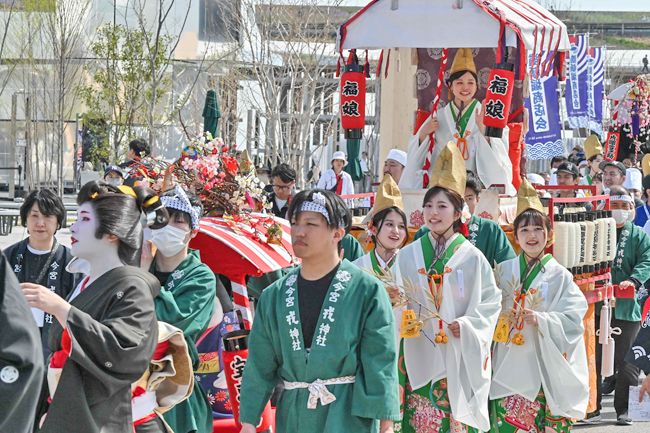
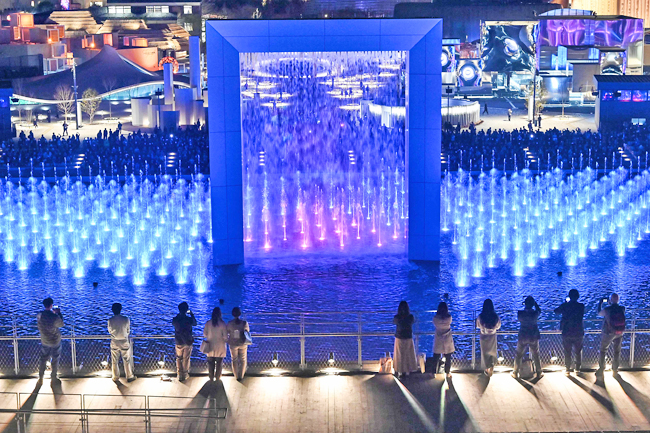
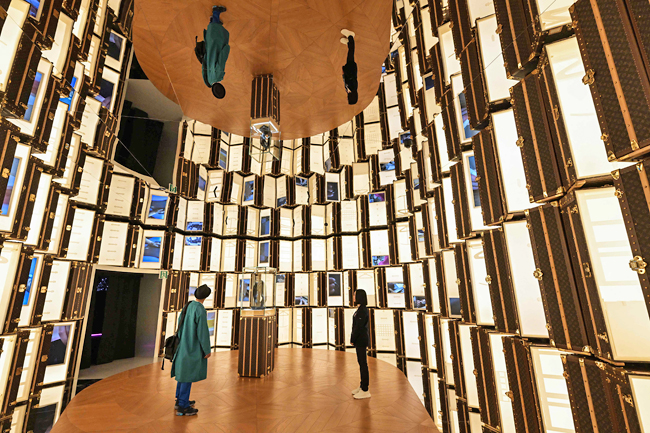
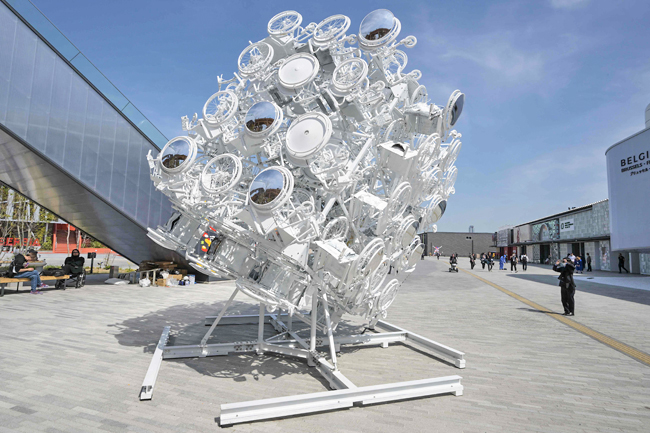
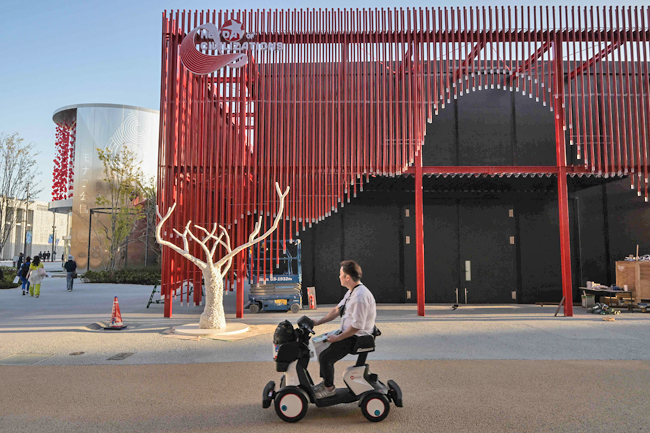
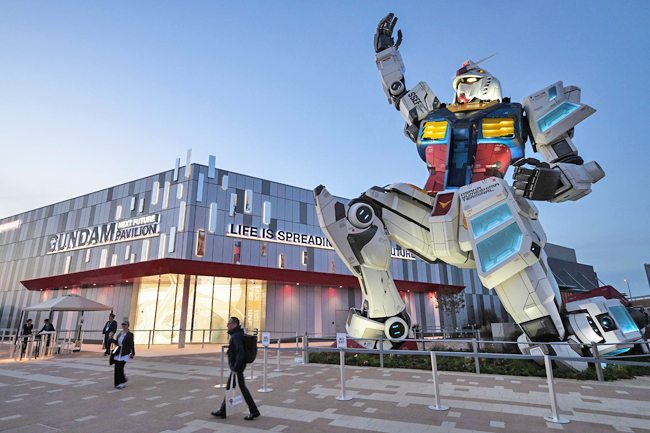
Among the more bizarre displays are 32 sculptures of Hello Kitty dressed as different types of algae – to symbolise the slimy plant’s many uses – and a “human washing machine” that shows imagery based on the bather’s heart rate.
Elsewhere are demonstrations of drone-like flying vehicles, and the tiny artificial heart made from induced pluripotent stem cells (iPS) shown in public for the first time.
“It has an actual pulse,” Byron Russel of Pasona Group, which runs the exhibit, told AFP.
Human stem cells were modified to become like “cardiac muscle cells” and “grown into the shape of the heart”, he explained.
It will not beat continuously for six months but will be replaced every week or so.
Themes of sustainability run through the Expo, including at the bauble-like Swiss pavilion, which aims to have the smallest ecological footprint.
But Expos have been criticised for their temporary nature, and after October Osaka’s man-made island will be cleared to make way for a resort.
According to Japanese media, only 12.5 per cent of the Grand Ring will be reused.
Expo is also known as a World’s Fair, and the phenomenon, which brought the Eiffel Tower to Paris, began with London’s 1851 Crystal Palace exhibition and is held every five years.
The 2020 edition in Dubai was postponed by the COVID-19 pandemic, so Osaka Expo organisers say it will “restore much-needed connections” and “provide the opportunity to create a better tomorrow”.
Osaka last hosed the Expo in 1970 when Japan was booming and its technology the envy of the world. It attracted 64 million people, a record until Shanghai in 2010.
But 55 years on Japan is less of a trendsetter and opinion polls show low levels of enthusiasm for the Expo among the public.
So far 8.7 million advance tickets have been shifted, below the pre-sales target of 14 million.
This time around “inflation is causing a lot of anxiety, especially among younger generations”, Yani Karavasilev of the APIR think-tank told AFP.
Japan is also experiencing a record tourism boom, meaning accommodation in Osaka – near hotspot Kyoto, and home to the Universal StudiosJapan theme park – is often fully booked with prices sky-high.
A lack of viral online posts about the Expo is another reason for low excitement levels, according to Karavasilev.
“I think as long as sharing on social media picks up, ticket sales will pick up as well,” he said.

